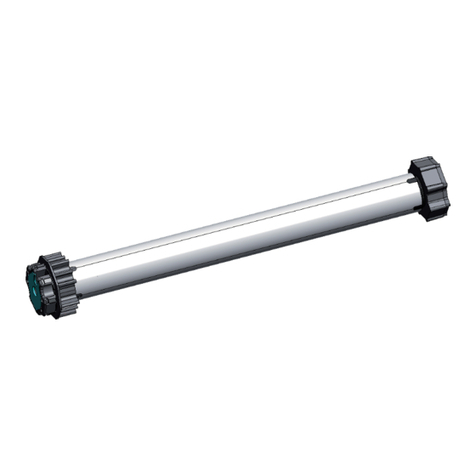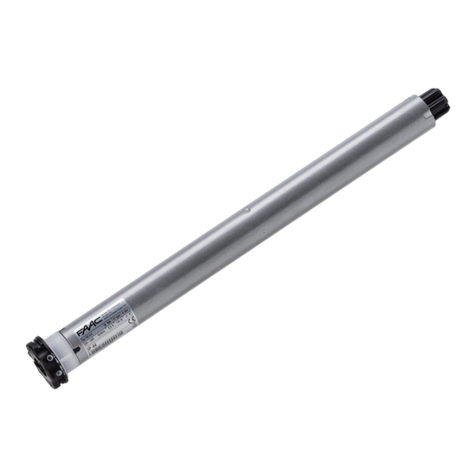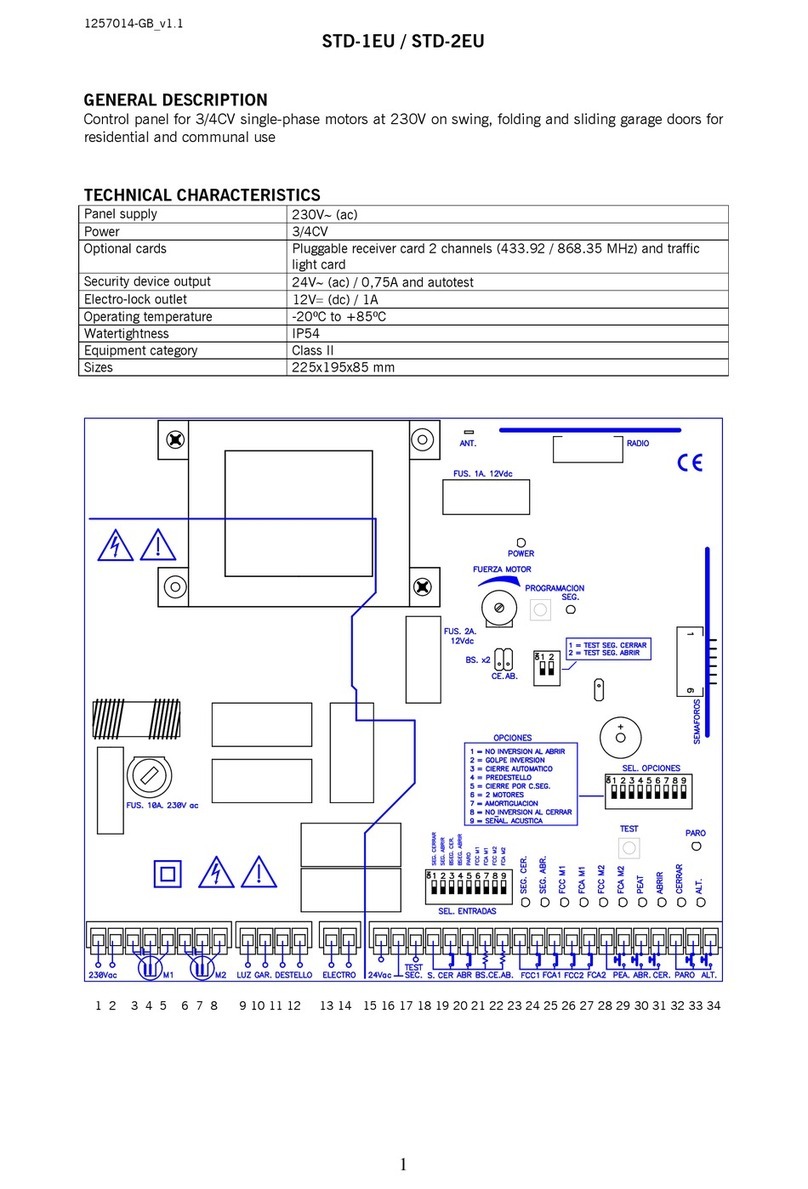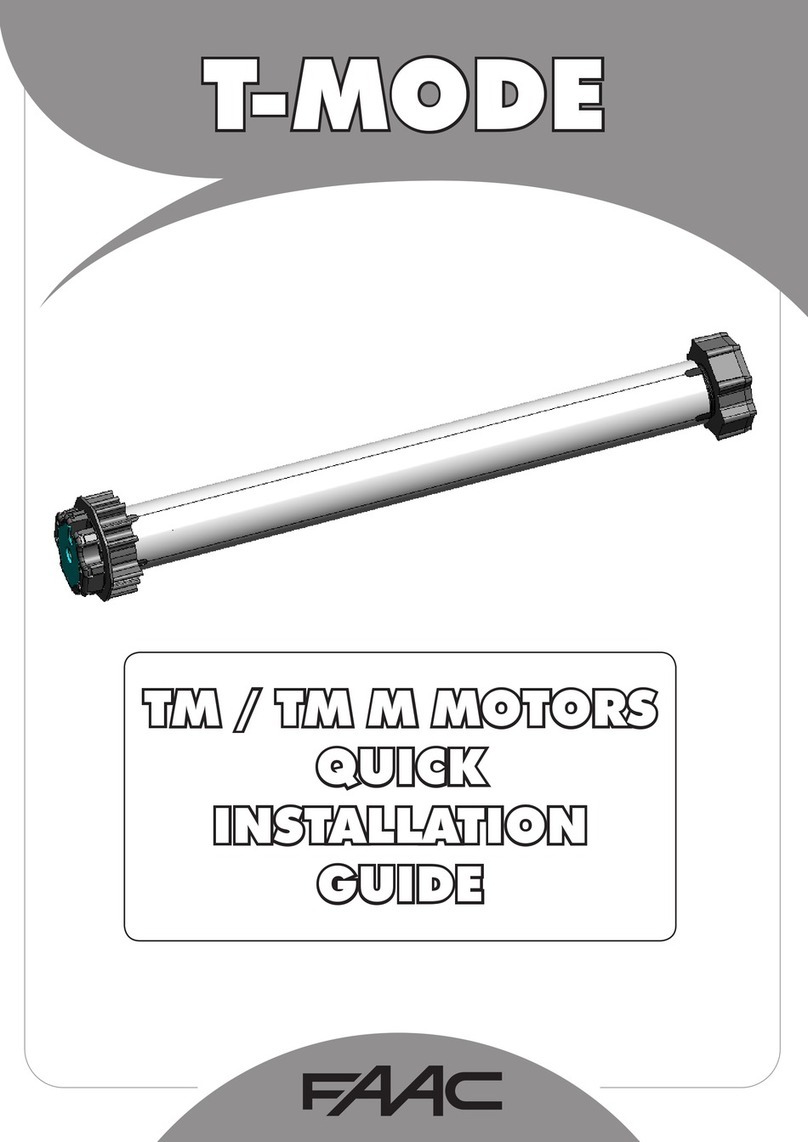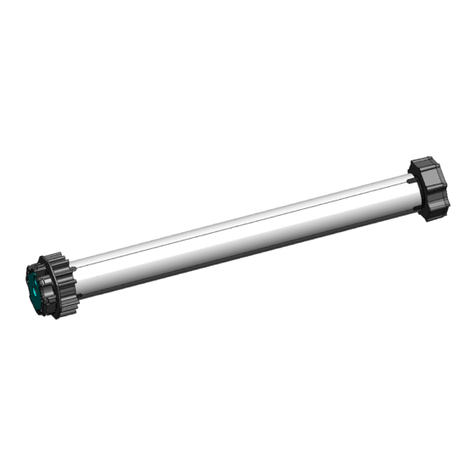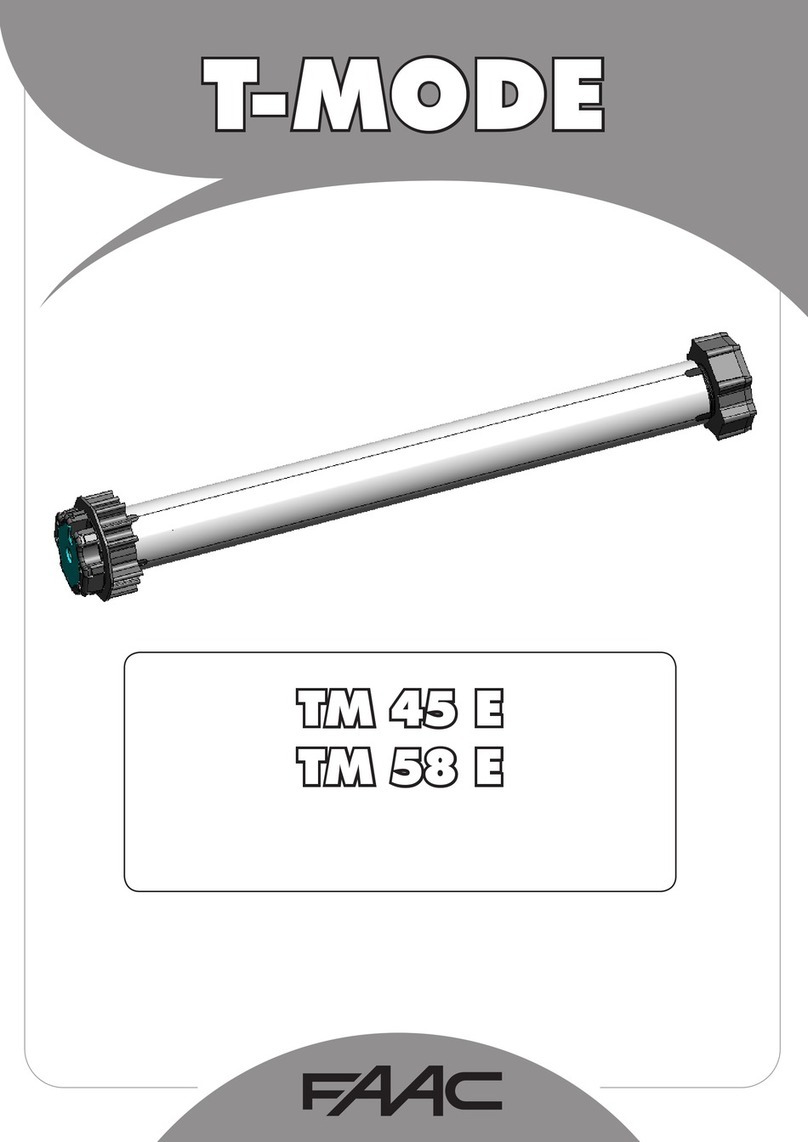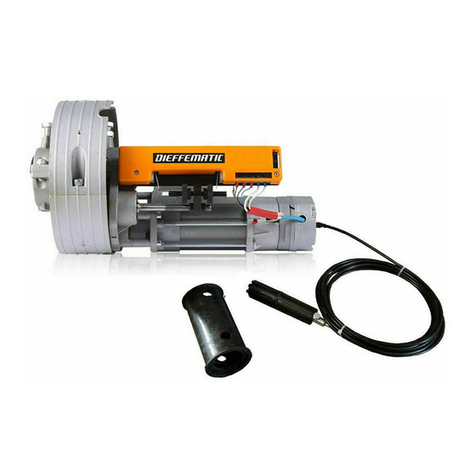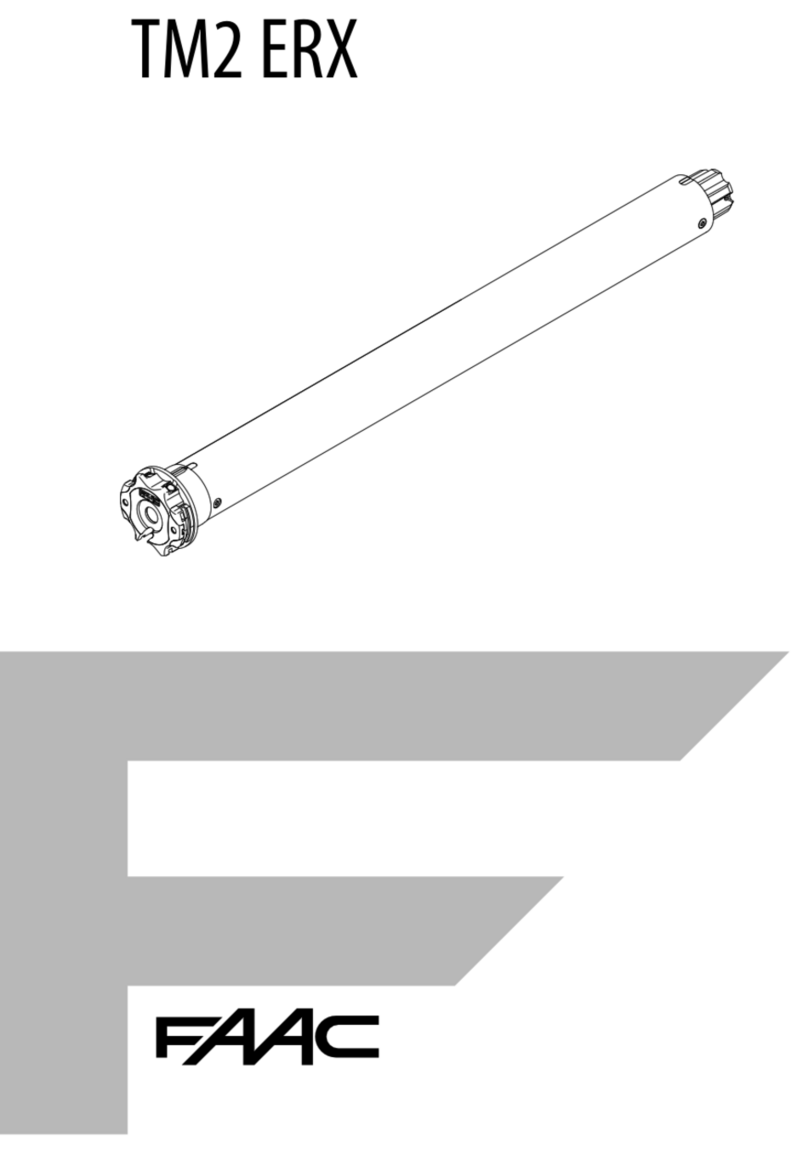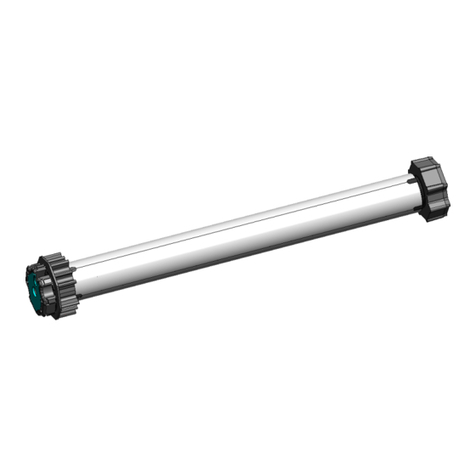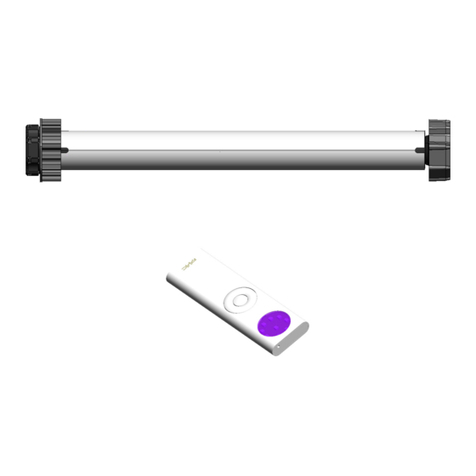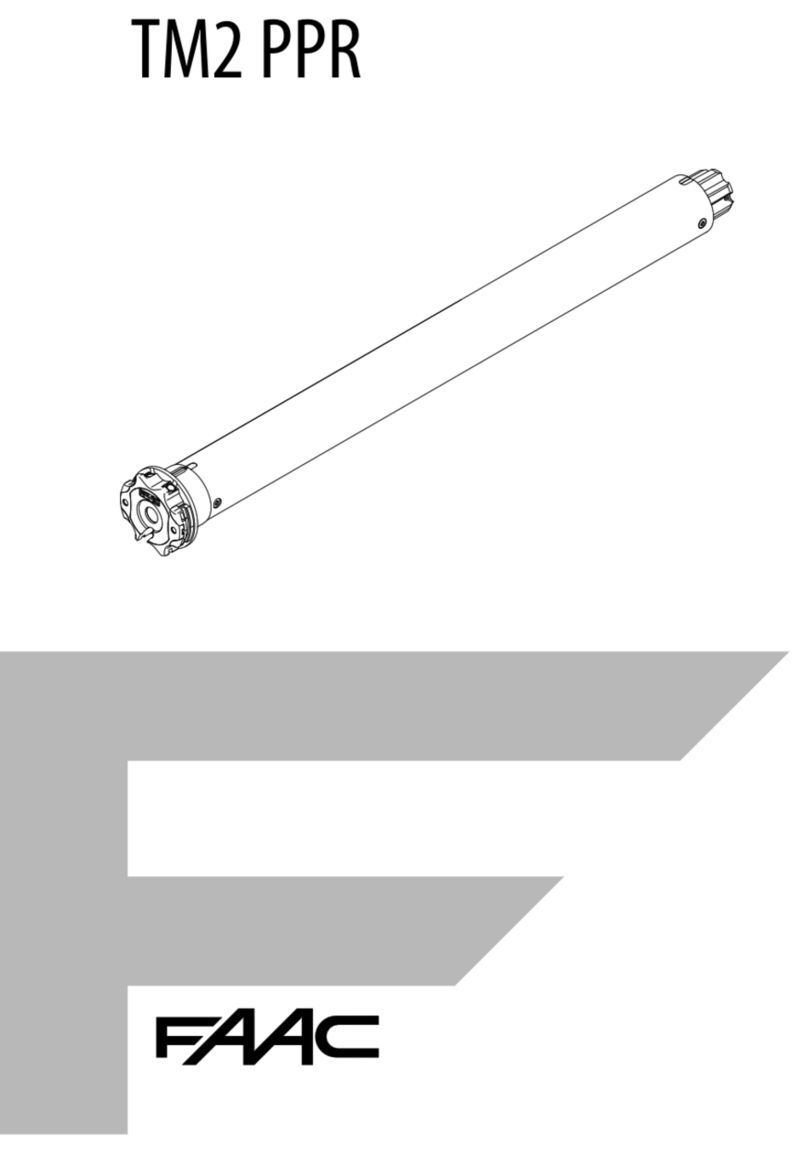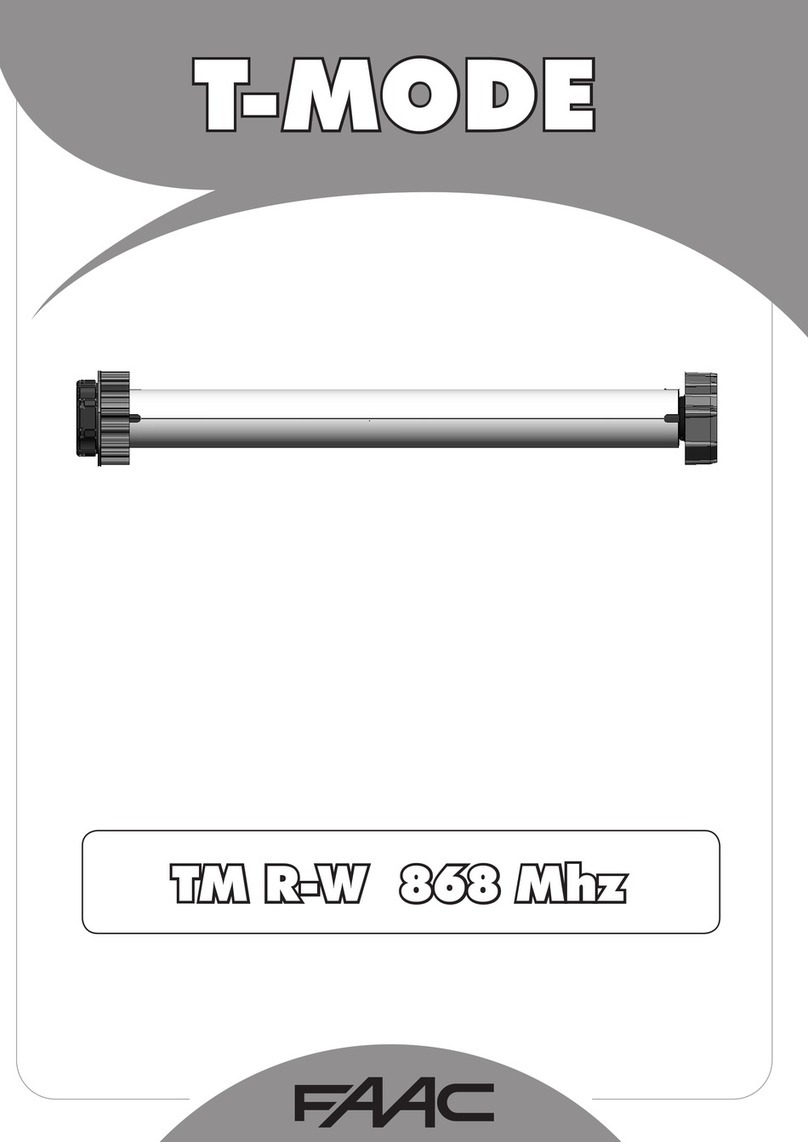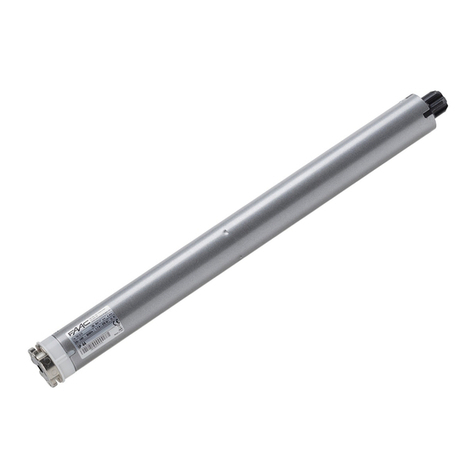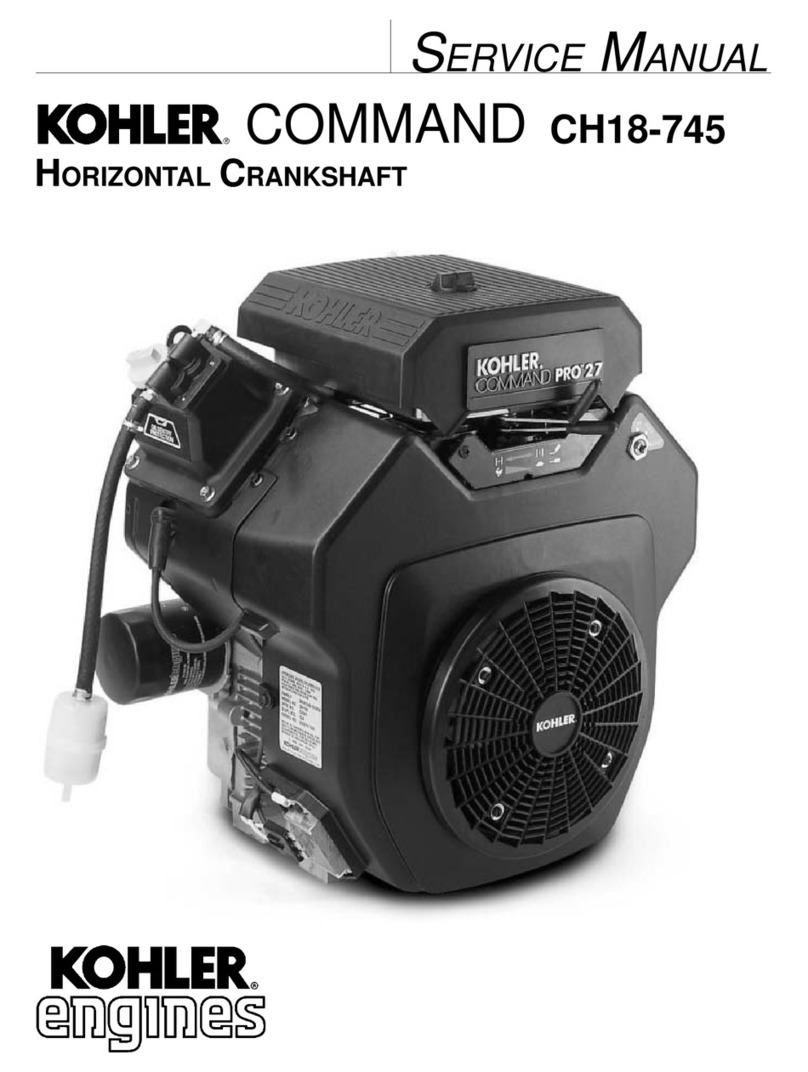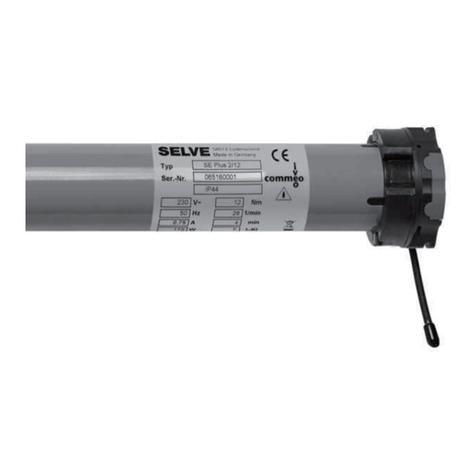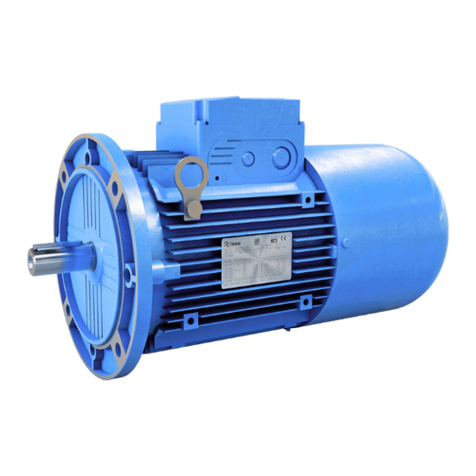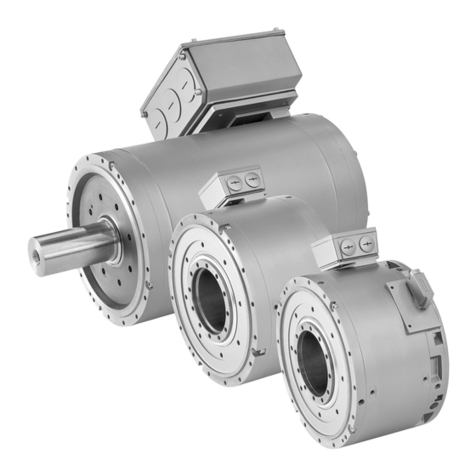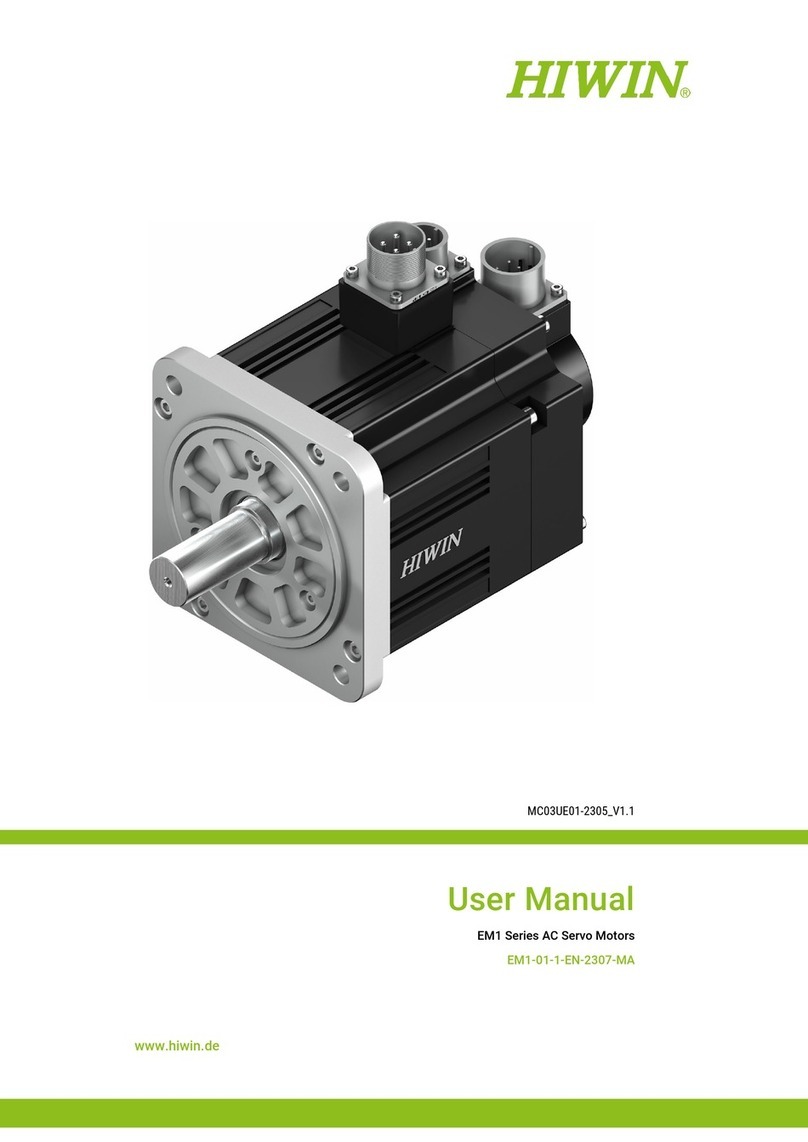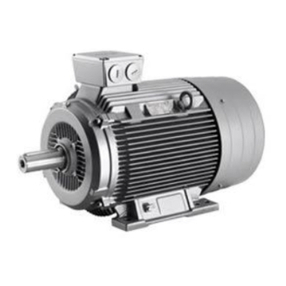
4
Fig.17
ENGLISH
Fig.10
Fig.11
Fig.13
Fig.14
Fig.16
Fig.15
Fig.12
4- Secure the gearmotor to the plate, tightening the nuts.
5- Prepare the operator for manual operation as described in paragraph 8.
5.4. Assembling the rack
5.4.1. Steel rack to weld (Fig. 11)
1) Fit the three threaded pawls on the rack element, positioning them at the
bottom of the slot. In this way, the slot play will enable any future adjustments
to be made.
2) Manually take the leaf into its closing
position.
3) Lay the first section of rack level on the
pinion and weld the threaded pawl on
the gate as shown in Fig. 13.
4) Move the gate manually, checking if
the rack is resting on the pinion, and
weld the second and third pawl.
5) Position another rack element end
to end with the previous one, using a
section of rack (as shown in Fig. 14)
to synchronise the teeth of the two
elements.
6)Movethe gate manuallyand weld thethreethreadedpawls,thus proceeding
until the gate is fully covered.
5.4.2. Steel rack to screw (Fig. 12)
1) Manually take the leaf into its closing position.
2) Lay the first section of rack level on the pinion and place the spacer between
the rack and the gate, positioning it at the bottom of the slot.
3) Mark the drilling point on the gate. Drill a Ø 6,5 mm hole and thread with an
M8 male tap. Screw the bolt.
4) Move the gate manually, checking if
the rack is resting on the pinion, and
repeat the operations at point 3.
5) Position another rack element end
to end with the previous one, using a
section of rack (as shown in figure 14)
to synchronise the teeth of the two
elements.
6) Move the gate manually and carry
out the securing operations as for the
first element, thus proceeding until the
gate is fully covered.
Notes on rack installation
• Make sure that, during the gate travel, all
the rack elements do not exit the pinion.
•Do not, on any account, weld the rack
elements either to the spacers or to each
other.
• When the rack has been installed, to en-
sure it meshes correctly with the pinion, it is
advisable to lower the gearmotor position
by about 1.5 mm (Fig.15).
• Manually check if the gate correctly rea-
chesthemechanical limitstopsmaintaining
thepinion and rackcoupledand makesure
there is no friction during gate travel.
• Do not use grease or other lubricants
between rack and pinion.
6. START-UP
6.1. Control board connection
Before attempting any work on the board (connections, programming, mainte-
nance), always turn off power.
Follow points 10, 11, 12, 13 and14 of the GENERAL SAFETY OBLIGATIONS.
Followingthe instructionsinFig.3,route thecablesthroughtheraceways and make
the necessary electric connections to the selected accessories.
Always separate power cables from control and safety cables (push-button,
receiver, photocells, etc.). To avoid any electric noise whatever, use separate
sheaths.
6.1.1. Earthing
Connect the earth cables as shown in Fig.16 ref.A.
6.1.2. Electronic control unit
Inthegearmotors,theelectroniccontrol unitisfittedtoanadjustable support (Fig.
16 ref. 1) with transparent lid (Fig. 16 ref. 3).
Theboardprogramming push buttons (Fig.16ref.4)havebeen located on the lid.
This allow the board to be programmed without removing the lid.
For correct connection of the control unit, follow indications the specific instruc-
tions:
Values are expressed in mm
Values are expressed in mm
6.1.3. Connection of power cable
The740 24V gearmotor housesascrewterminalwith fuse-holder (Fig17) connected
to the primary circuit of the toroidal transformer. The mains power cable 230 / 115
V ~ must be connected to this terminal, respecting what was specified in Fig. 17. If
you have to replace the fuse, use a fuse type T1.6A/250V - 5x20 for a 230V power
supply and type T3.15A/250V - 5x20 for a 115V power supply.
